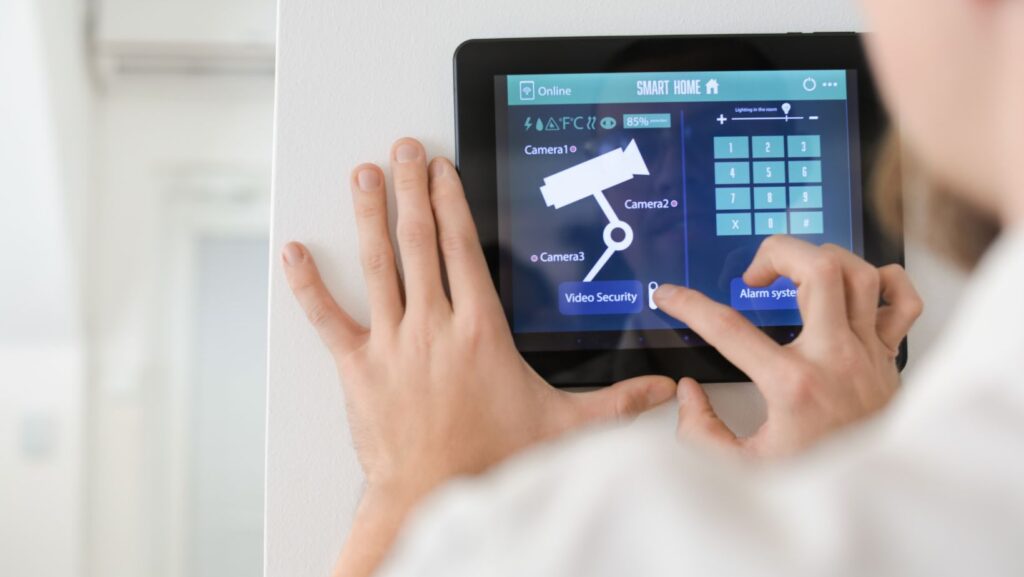
Ensuring the security and efficiency of premises has become vital for enterprises, government organizations, and residential complexes alike in today’s quickly expanding technology landscape. The creation of automated access control systems is among the most important developments in this area. These solutions, which provide improved security measures and faster operations, have completely changed the way we handle and monitor entrances to different locations. In today’s post, we will be exploring the most recent advancements in automated access control systems while learning about their advantages and uses in various industries.
Evolution of Access Control Systems:
Access control systems are not a novel idea. Access to buildings and particular regions within them has long been restricted using conventional techniques like mechanical locks and keys. These techniques do, however, have some serious drawbacks, such as the possibility of misplaced or duplicate keys and lacking the ability to monitor past access.
Thankfully, sophisticated technologies like biometric authentication, RFID (Radio Frequency Identification), and mobile access solutions have been incorporated into contemporary door access control systems to address these problems. Along with increasing security, these advances have also increased operational efficiency and user convenience.
Key Innovations in Automated Access Control Systems:
Biometric Authentication:
Modern access control systems now rely heavily on biometric authentication. By employing distinct biological characteristics like fingerprints, facial recognition, and iris scans, these systems guarantee that only those with the proper authorization can enter restricted areas. Biometric door access control systems offer a strong solution for high-security environments by substantially reducing the danger of unwanted entrance through their precision and dependability.
RFID and NFC Technologies:
Traditional card-based access systems have been completely revolutionized by RFID and Near Field Communication (NFC) technology. Access door systems with RFID capabilities improve user experience and security by enabling rapid and contactless entrance. Door access control becomes even more flexible and convenient with the use of NFC technology, which is widely found in smartphones and allows users to access through mobile devices.
Cloud-Based Access Control:
Scalability and remote management have entered a new era with the incorporation of cloud technologies into access control systems. Administrators can control access privileges, keep an eye on entry records, and get real-time notifications from any place with an internet connection thanks to cloud-based solutions.

For businesses with numerous locations, this centralized administration feature is very helpful as it guarantees uniform and effective security procedures at every location.
AI and Machine Learning:
Significant improvements in automated access control systems are being driven by machine learning and artificial intelligence (AI). These technologies improve security by making anomaly and predictive analytics possible. AI, for example, may spot anomalous activity and analyze access patterns to trigger quick security reactions. The accuracy and flexibility of door access control systems are constantly enhanced by machine learning algorithms, guaranteeing their continued effectiveness in the face of changing security risks.
Benefits of Automated Access Control Systems:
The benefits of door access control system innovations are numerous and span many industries, including commercial, residential, healthcare, and education. Let’s take a quick look at some of the improvements and benefits we can anticipate:
Enhanced Security:
When it comes to security, automated access door solutions outperform conventional techniques.

By limiting unwanted access and potential security breaches, biometric authentication and RFID technologies help to ensure that only authorized persons can enter secure locations.
Improved Operational Efficiency:
Automated systems save time and lessen administrative burdens by streamlining the process of providing and rescinding access. Access permissions may be easily updated using cloud-based management, guaranteeing that security protocols are constantly updated.
Cost Savings:
Automated access control systems provide substantial cost savings by eliminating the need for physical keys and the related expenses of replacing misplaced or stolen key sets. There is also less need for on-site security staff when many sites can be managed from a single platform.
Enhanced User Experience:
The whole user experience is improved by the ease of contactless entry, smartphone access, and quick authentication processes. This is especially critical in settings like hospitals and educational institutions, where workers and visitors alike depend on accessibility.
Comprehensive Access Monitoring:
Automated door access control systems enable thorough audit trails and monitoring by offering comprehensive logs of entry events. In the event of a security incident, this capability is crucial for conducting comprehensive investigations and adhering to regulatory standards.
In Conclusion:
Automated access control system advancements have improved security and operational effectiveness in a number of industries. These developments, which range from biometric authentication to cloud-based management and AI integration, offer strong answers to contemporary security issues. We may anticipate more advancements in door access control system capabilities and applications as technology develops further, guaranteeing their continued importance as a key element of all-encompassing security plans. Adopting these advancements makes the world safer and more effective while also protecting assets and information. Don’t forget to share your thoughts with us in the comment section.










